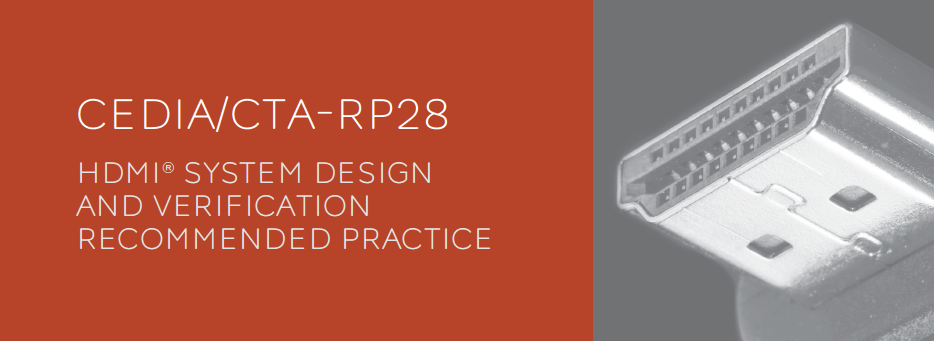 In the world of audio-visual systems, the design, installation, and troubleshooting of today's distributed AV setups are nothing short of a technological labyrinth. At the heart of this complexity stands HDMI® – the unsung hero of seamless AV experiences. HDMI, with its multitude of concurrent protocols, handles everything from system initialization and configuration to video transmission, audio exchange, and even the passage of essential metadata, enabling advanced features like High Dynamic Range (HDR). Yet, for professional AV integrators and installers, mastering the intricate dance of HDMI can be akin to navigating a maze blindfolded. The lack of visibility into the inner workings of HDMI systems often leads to frustration, costly troubleshooting endeavors, and unforeseen project delays. However, there's a beacon of hope in the form of knowledge and processes that can illuminate the path forward. In this article, we unveil the secrets that can transform the way AV professionals approach their craft. By delving into the nuances of HDMI technology and understanding how to verify its various functions, integrators gain newfound visibility. This newfound insight empowers them to create more predictable, robust AV systems, paving the way for smoother installations and improved performance. Most importantly, it dramatically reduces troubleshooting time, allowing installers to take their work to new heights of efficiency and effectiveness. Join us on a journey through the world of HDMI, and discover how it can be a game-changer for AV installers.
The purpose of this recommended practice is to establish the design principles, and parameters and testing methods for verifying HDMI connections throughout AV systems, thus ensuring robust and reliable performance. Systems may include passive or active HDMI cables, and HDMI connections utilizing alternative transport technologies. CEDIA/CTA-RP28 identifies features and protocols of HDMI that are complex, and defines test procedures to ensure the integrity of HDMI systems. This document also acts as a reference for common AV and HDMI terms and definitions, defines AV acronyms, and provides the tools and steps that are needed to troubleshoot these systems.
0 Comments
ISF @ CEDIA 2023 - Class Wrap UpSeptember 10th, 11th, and 12th of 2023 we held an in-person ISF Level III seminar post-CEDIA, at CET and Associates in Denver, a longtime supporter of ISF and AVPro. Their incredible showroom features flat panels, projectors, and a massive micro-LED wall, which proved to be simply perfect for the ISF attendees to immediately begin to cultivate their skillsets on technology types that would be encountered in the course of a normal calibration day. Signal generators and calibration meters are made available for use during the seminars so students are able to use many of the same devices they would likely acquire for personal use as professional calibrators. For this session, students came from as far as India, Europe, as well as all corners of the US. In addition to learning the fundamentals for proper calibration, they also were taught how to explain the complexities of color science and the way the eye works to perceive color in simple, easy-to-explain terminology. A generous emphasis is placed on correct installation techniques to ensure signals get to displays unfettered and with full fidelity, as well as HDMI cable quality. Troubleshooting techniques are also a strong component of the seminar, as EDID and HDCP issues often plague calibrators every bit as much as integrators. We had a great 2023 ISF Level 3 training in Denver this past week. Hosted by our valued partner Rep firm CET & Associates. We are very thankful for a partner like them to open their facilities. Video calibration is such an important part of what we do in this industry, from the importance of good quality video walls, to the most prestige home theaters. Calibration is the key to a great customer experience! As is regularly the case and which we warmly welcome, attendees included ISF alumni seeking to add ISF Level III to their resumes while becoming updated on the newest calibration techniques such as 3D LUTs and Auto Cal, an effective timesaving process some brands feature. Calibration is no longer just the icing on the cake after display devices are installed. For projection systems, including Ultra Short Throw, calibration is an absolute necessity to correctly unify the projector and screen to accurately produce an image as two separate but tandem products. Are you ready to impress customers with superior-quality image fidelity? There is one more class scheduled for 2023, to be held at iconic Dolby Laboratories, in San Francisco, CA. Availability is limited and only a few openings remain. What a sensational opportunity to learn new skills in the hallowed halls of Dolby Labs!
The Imaging Science Foundation (ISF) was created in 1994 as an effort to educate television sellers as well as consumers about video standards and adjustment methods that have come to be known as display calibration. In the formative years of color television and in many circumstances still true today, consumer sets were incapable of producing images considered accurate to knowledgeable, careful viewers. Circuit designs for televisions and the few video projectors present during this era lacked the controls necessary to make meaningful adjustments to the image that might result in a more lifelike image. The detail in dark shadows and in the brightest areas of today’s images, along with natural-looking colors including accurate skin tones were not the objective for commodity-priced televisions that dominated the days of promotional big-box retailers. Poor parts selection led to pictures that were often blurry and marketing departments turned to antics such as demanding the sharpness circuit be overly exaggerated to compensate for the inability to produce a well-defined picture.
Meanwhile, in legendary film centers such as Hollywood and London, talented artists toiled feverishly, spending countless hours over the most minute details of a film or television production to accurately convey the director’s intentions. What looked fabulous on the sound stage was scarcely conveyed by the broadcast networks. Not even live-action sports closely resembled the actual event. Recognizing this disparity, the ISF embarked on dual missions. One was designed to assist TV and projector manufacturers to commit to producing products capable of delivering as accurate of an image as the prevailing technology was capable of. Advancing the technology and advocating for a change in standards were also included in the ambitions of the project. Second was to provide education to the Consumer Electronics industry on current standards, how to prepare as standards evolved, how to influence manufacturers into developing products to comply with the standards by refusing to sell models that failed to meet them, and ultimately, train a legion of specialists, called Calibrators, to properly adjust televisions and projectors to faithfully reproduce the incoming signal. Those eager to attain this proficiency included installation personnel from Audio/Video installation companies, now known as “Integrators”, media professionals, interested enthusiasts who became calibrators, enthusiast magazine reviewers, and even engineers and key personnel from the television manufacturers themselves. AVPro Global, in conjunction with ISF President Joel Silver, conducts ISF seminars throughout the year around the globe. The seminars are often timed around industry tradeshows to make attendance easier with a dual-purpose trip. The major shows are ISE, InfoComm, and CEDIA. The ISF has partnered with CEDIA to provide education based on the standards established by the International Telecommunications Union (ITU) and the Society Of Motion Picture and Television Engineers (SMPTE) which are rigidly followed by the film and broadcasting industries and for which the calibrations methods are adapted in accordance with these industry standards. These educational opportunities are available through a combination of online and in-person seminars. |
Third Party Reviews & Articles
SIX-G Generator
Archives
July 2024
Categories |
|
|
© Copyright 2015-2023
Home Contact Us About Us Careers Warranty 2222 E 52nd Street North, Suite 101, Sioux Falls SD 57104 +1 605-330-8491 [email protected] |


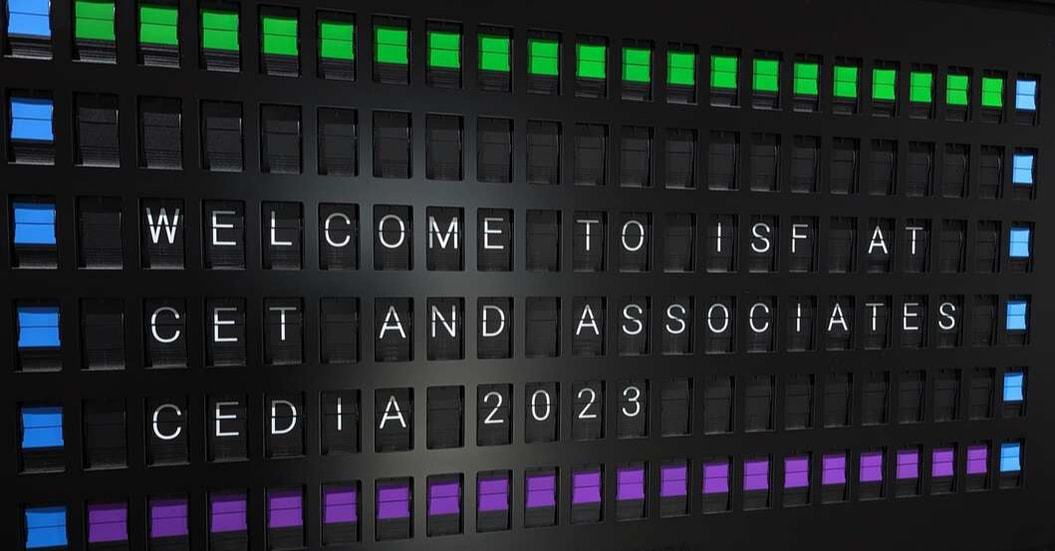
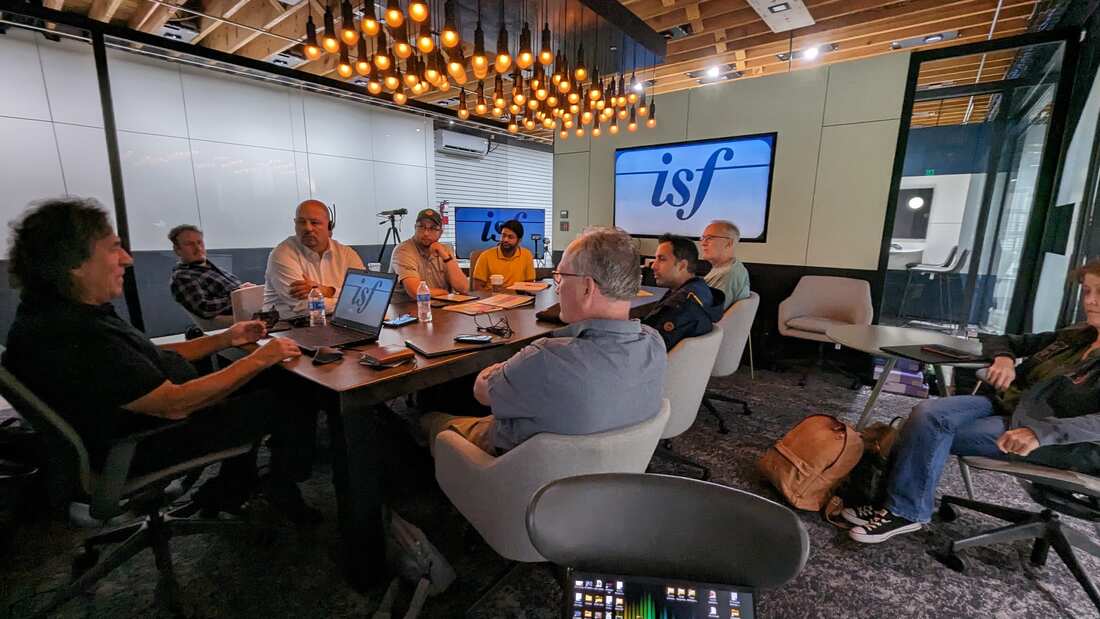
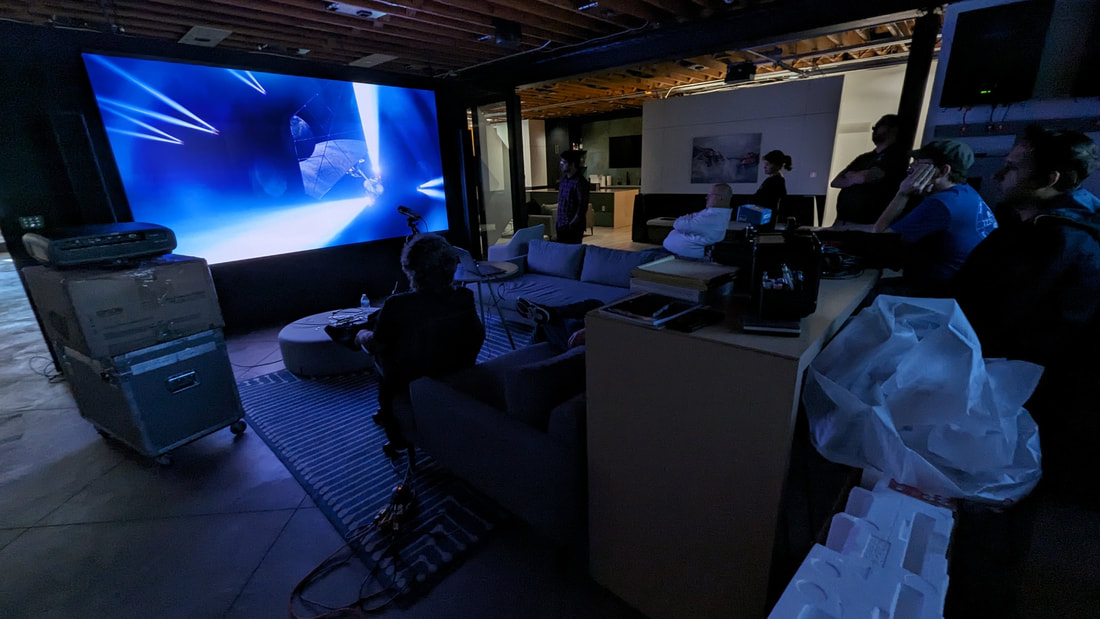
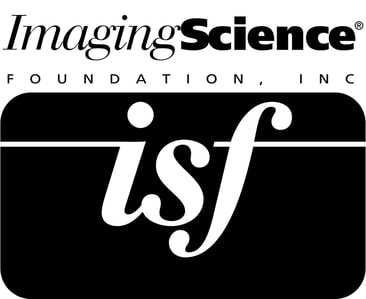
 RSS Feed
RSS Feed